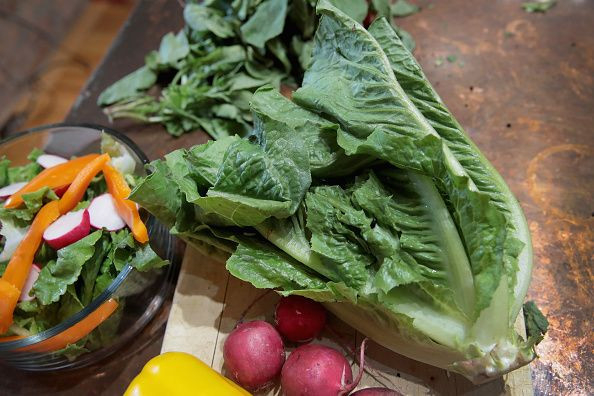What Romaine Lettuce Is Safe To Eat After Recall?

The U.S. Food and Drug Administration (FDA) has revised its warning to consumers about eating romaine lettuce. According to the agency, consumers can now eat romaine lettuce that is not from the Central Coast regions of northern and central California.
Through an investigation, the FDA has linked the E.coli outbreak of romaine lettuce to this California region, but have not pinpointed the exact cause of the contamination. The FDA urges consumers to check the label of romaine lettuce products before they purchase and eat them. If the lettuce product does not come from the California Central Coast regions affected, it is believed to be safe to eat.
The FDA said in a statement, “Romaine lettuce that was harvested outside of the Central Coast growing regions of northern and central California does not appear to be related to the current outbreak. Hydroponically and greenhouse-grown romaine also does not appear to be related to the current outbreak. There is no recommendation for consumers or retailers to avoid using romaine harvested from these sources.”
For consumers, this means that romaine lettuce is safe to eat as long as it was not produced in the central coasts of California where the E.coli contamination is thought to have occurred. Consumers that have romaine lettuce in their home from this California region are urged to discard of the product and not to consume it. If a source region cannot be identified, the FDA has also recommended that consumers refrain from buying the romaine lettuce and consuming it.
Because of the recent outbreak of E.coli in romaine lettuce, the FDA has encouraged producers and distributors to begin labeling the product with a harvest location and a harvest date prior to entering the consumer market. For romaine lettuce that is difficult to label, such as loose heads, the FDA has recommended that producers label the product at the point of sale to reassure consumers and identify the safety of the lettuce.
According to the Associated Press, consumers can expect to see labeling on romaine lettuce products as early as this week. The labeling process is voluntary and may expand into other fresh produce products, according to the outlet.
While the FDA has been unable to locate the actual reason for the E.coli contamination, there have been no deaths related to the bacteria, according to the Centers for Disease Control and Prevention (CDC). The agency has reported that there have been 43 people in 12 states sickened by E.coli with another 22 people in Canada reporting E.coli illnesses that have been linked back to romaine lettuce.
© Copyright IBTimes 2025. All rights reserved.





















